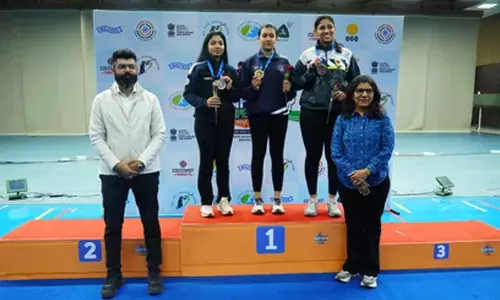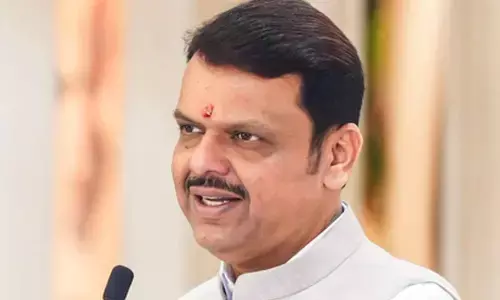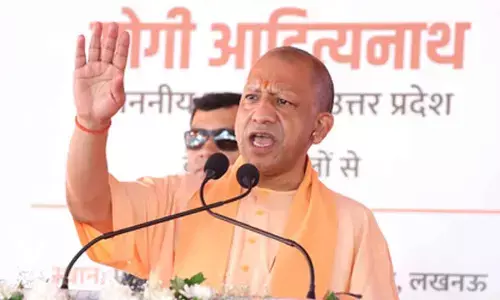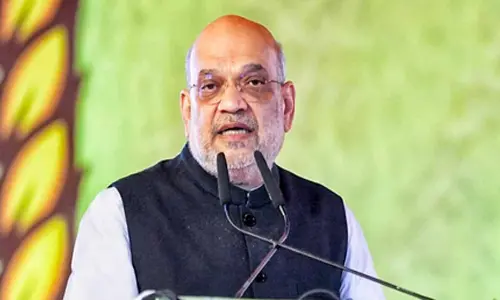Break the cycle of violence

The brazen act of mindless violence on Monday, in which Maoists massacred 25 CRPF Jawans in Chhattisgarh, sends out a chilling message once again that the reds are past masters at guerrilla warfare, patiently waiting out security forces to err in their lair.
The brazen act of mindless violence on Monday, in which Maoists massacred 25 CRPF Jawans in Chhattisgarh, sends out a chilling message once again that the reds are past masters at guerrilla warfare, patiently waiting out security forces to err in their lair.
Even combat-ready well-equipped jawans were caught off guard by their flash strike abilities and possession of AK-47s, deadly IEDs, indigenous mortars and even arrows tipped with explosives as used by Sylvester Stallone as ‘Rambo.’
Attacks and counter-attacks between the left wing extremists (LWE) and security forces have been relentlessly spilling blood for over five decades – often that of hapless tribals caught in the cross-fire. The brutal tussle has been on the upswing in recent years.
Anguished retorts by governments point to strong reprisals in the offing. But during polls, all political parties espouse peace and vouch for uplift of tribals as well as development of their areas. This is essential, they swear, not just to wean tribals away from naxals but also to effect a change of heart in the latter. But, it is sad that once in power, every party reneges on its promises and views left extremism as no more than law and order problem.
Expecting Maoists to renounce guns for talks is quite naïve and disingenuous. They may one day realise futility of armed struggle on their own as was the case with Nepali counterparts. But till then they should be shown effective deterrence by the forces. Simultaneously, governments must mount outreach to tribals. Not coming in the way of their “jal, jungle and jameen,” and making tribals stakeholders in development is one way out.
The naxal movements are in essence a result of abysmal failure of the state to provide development to people on the fringes of plains. Poverty, hunger and injustice are pervasive in tribal areas. Even seven decades after independence, no educational or health facilities worth mentioning are within their reach. They continue to be denied constitutional rights over their lands. NREGS works also prove elusive to them in times of distress and drought.
Half-hearted attempts either to curb Maoists or starve them of tribal support will only result in continual bloodshed. A strong public clamour is therefore the need of the hour to pressure governments to pursue a holistic approach to push back the insurgents and ensure effective outreach to tribals.
Such efforts to reach out to the tribals would have a greater degree of success if the government ropes in the civil rights societies already striving for uplift of tribals, championing their cause against ruthless exploitation of their environs, and seeking stakeholder rights for the tribals in development projects.
No doubt, India needs investments to help lift its masses out of poverty. But natural resources must be put to use in ecologically sensible ways, without affecting dwellers and displacing them. Unless these issues are addressed earnestly, the cycle of attacks and reprisals will continue. And the supreme sacrifices of jawans will be to no avail.














